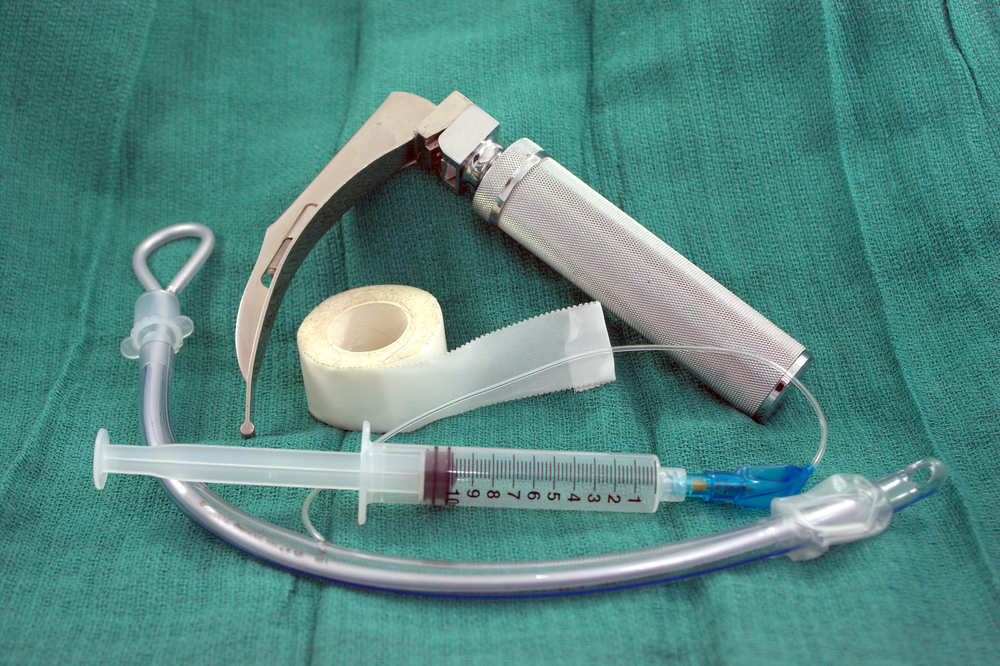Should Fascia Iliaca Compartment Blocks be used in the pre-hospital setting for the management of femoral-fractures? A literature review
Posted on 8th August 2019 by Holly Hambleton

During the final year of their Paramedic Science (BSc Hons) course at Oxford Brookes University, students carry out a literature review and critical appraisal of a topic relevant to their future practice. This blog presents the abstract of a literature review on the ‘Use of Fascia Iliaca Compartment Blocks in a pre-hospital setting for femoral fractures‘. Other Paramedic topic blogs can be found here.
Aim
This literature review will attempt to explore the pre-hospital use, benefits and feasibility of Fascia Iliaca Compartment Blocks (FICBs) for patients with femoral fractures. Particularly studying the performance of paramedics in FICBs.
Background
Femoral fractures are common in the pre-hospital setting and are increasing in incidence, mostly due to the ageing population. Current pre-hospital analgesia has been identified as suboptimal and is thought to be associated with high mortality, morbidity and prevalence of short-term and long-term adverse effects in femoral-fracture patients. This potentially creates a gap for alternative management to be considered if evidenced as superior to the current management.
Methods
Secondary data was searched comprehensively on the healthcare databases; PubMed, CINHAL and The Cochrane Library via the Oxford Brookes University library database search. The PRISMA Flow Chart (2009) was then used to screen and assess the eligibility of the literature which were then critically appraised using the CASP and The Centre for Evidence-Based Medicine Levels of Evidence tools. Further evaluation of the evidence was undergone using thematic analysis. Six papers were identified for use.
Results
All six papers demonstrated a significant decrease in pain score with FICBs and one study demonstrated a satisfaction rate of nine out of ten, demonstrating its adequacy. FICBs superiority was also demonstrated with pain scores being 28% (P=0.025) lower than with opiate use. Minimal to no adverse effects were reported with FICBs and five studies demonstrated high success rates spanning from 80-90%.
Conclusion
Paramedics are capable of performing FICBs safely and competently in the pre-hospital setting, supported by high success rates. The procedure also evidentially provides a superior analgesic effect, in comparison to morphine, with minimal to no adverse effects. All evidence supports FICBs being safe, feasible and advantageous in the pre-hospital setting. However, further evidence and research is needed to build a stronger foundation to introduce FICBs into the guidelines for paramedics practice.



